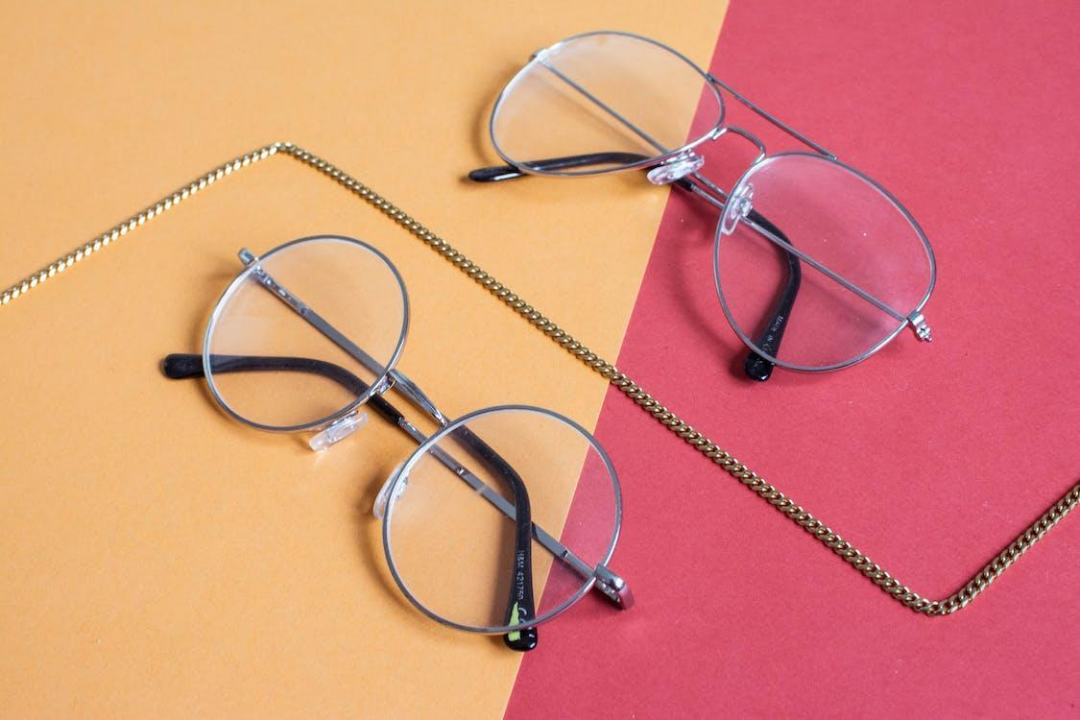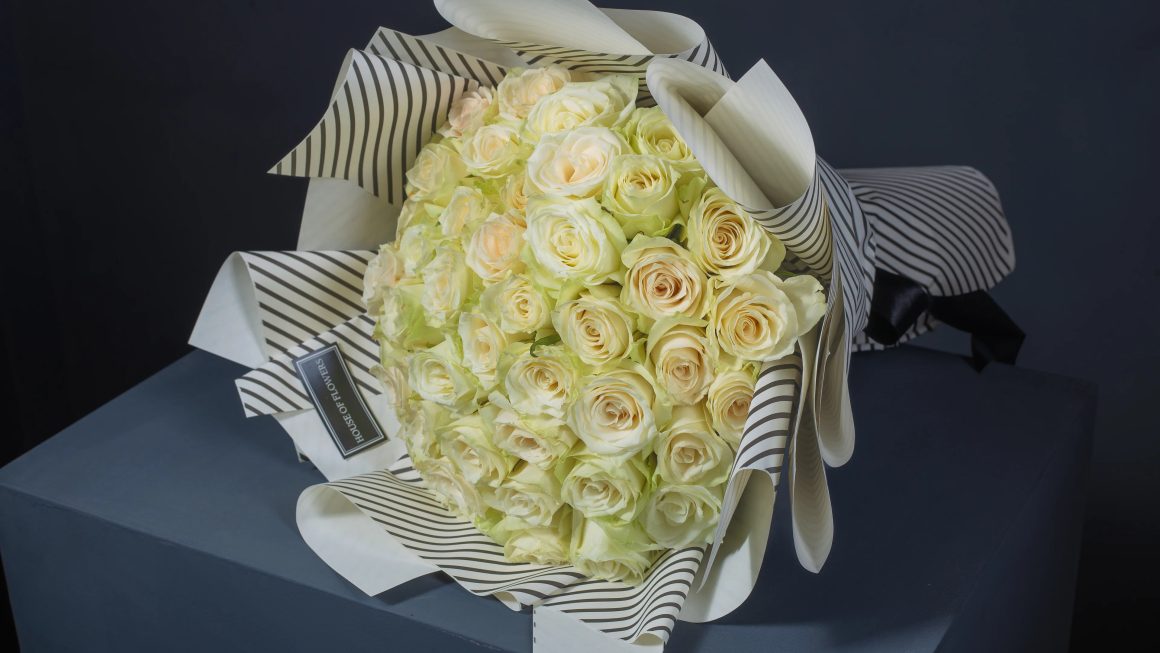Prescription eyeglasses are a necessity for many individuals around the world. Ask someone bound to wear one, and they’ll tell you how it feels to live with blurry vision. If you’re in the same boat, you probably know what we’re referring to. However, between eye checkups and eyewear shopping, have you ever thought about how ancients would’ve survived with near or farsightedness? Certainly, those with impaired eyesight had things rough in prehistoric times since glasses didn’t always exist.
The Oddly Fascinating History of Sunglass Prescription
Do you know that the styles and forms of eyeglasses we enjoy today resulted from centuries of growth and transformation? It is generally accepted that the Romans were the first to discover that the thicknesses of the glass cause changes in clarity, which is why they could be used to magnify objects—a discovery that helped millions of individuals worldwide. Rich Romans would contract glass blowers to form spheres, which functioned similarly to magnifying spectacles used today.
The Early Glasses
Nobody knows who originally came up with the idea of eyeglasses; however, it is said that the Roman tragedian Seneca, who lived from 4 BC to 65 AD, used a glass globe filled with water as a magnifying glass to read “all the writings of Rome.” Similarly, monks in medieval times used magnifying glass spheres to read. Later, in the 13th century, glass blowers in Venice developed reading stones, which were placed into single lens-type hand-held frames made of horn or wood.
The Advent of Eyeglasses
Most historians agree that monks or artisans probably crafted the first pair of eyeglasses in Italy, maybe in Pisa or Venice, between the years 1285 and 1289. These reading magnifying lenses had the appearance of two miniature magnifying glasses and were mounted on metal, bone, or leather mountings that were designed to be balanced on the bridge of the nose.
Presbyopia, Hyperopia, and Myopia
Tommaso Da Modena’s painting, completed in 1352, is generally regarded as the earliest piece of art to depict eyeglasses. The subject matter of Tommaso’s artwork was monks reading and composing manuscripts. Earlier, these glasses could only correct presbyopia and hyperopia, while those designed specifically for myopia didn’t become popular until sometime in the early 1400s.
From Italy to Europe
As eyeglasses became increasingly trendy, Italian inventions spread across Europe, largely accessible to the rich. During the Renaissance, glasses were considered prestige symbols of intellect and affluence because of the widespread value placed on academic achievement. Even better, during this growth cycle, various competitions were also organized in Europe for glassworks.
Design Stagnation
The next clear historical image of eyeglasses comes from the 1700s, which indicates that the technology may have stayed unchanged for several centuries before this period. Before temples were developed, silk ribbons or threads were used to fasten glasses around the neck or the ears. Edward Scarlet, an optician from Spain, is credited with inventing eyeglass temples around 1730. With the advancement of temples that could be extended over time, eyeglasses eventually became “hands-free.” As time went on, not only did the lenses grow smaller and thinner, but so did the frames.
Notable Developments
Following the “over-the-ear” eyeglasses trend, innovations in eyewear began to rush. Inventor and politician Benjamin Franklin made a significant contribution to the evolution of eyeglasses when he invented the bifocal lens (two parts of the lens with distinct focal lengths), allowing individuals to wear just one pair rather than two to compensate for both near-and far-sightedness.
The “scissor eyeglasses” style was another popular trend that emerged during this period. These spectacles could be tucked away in the pocket and pulled out whenever it was required to view anything vital. Pocket glasses that could be tucked up on a hinge like a pair of scissors were the solution for those individuals who did not love wearing prescription eyeglasses all the time.
At the turn of the 19th century, glasses were still made by hand, and only the rich could afford them. However, since the industrial revolution was just around the corner, mass manufacture of both frames and lenses made it much easier for working men and women to receive the required eye correction. During this period, eyeglasses were worn mainly by males. Additionally, the odd cylindrical lenses used to cure astigmatism didn’t appear on the market until the early 1800s.
In the 1900s, there was a movement toward making spectacles trendy and stylish, which may be attributed to the fact that lens technology and correct prescriptions were more accessible during the 1800s. Pince-nez glasses, for instance, did not have earpieces; rather, they were held in place by a nose clip. But as time passed, pince-nez glasses were linked with older adults and lost their appeal.
Introduction to Sunglass Prescription
Invented in China in the 12th century, the earliest pair of sunglasses were not designed to improve eyesight or provide protection from the sun. Instead, they were used to cover the eyes of judges presiding over legal proceedings to prevent the public from reading their facial emotions. It wasn’t until the 1900s that tinted sunglasses became common. The trend grew beyond, and in 1929, sunglasses were mass manufactured to shield the wearer’s eyes from the sun and minimize glare.
What the Future Holds
As technology advances, many individuals may believe that eyeglasses will become obsolete in the years to come; however, the reality is quite different. Although in terms of comfort and convenience, alternatives to spectacles, such as contact lenses and laser surgery, are superior. Despite this, technology will likely continue to use eyeglasses as a form element. While Google Glass, Snap’s Spectacles, and virtual reality goggles don’t correct eyesight in a medical sense, they change how we see things and are here to stay on our faces forever—packed with new technologies, of course.
Final Thoughts
According to recent studies, 75 percent of the population in the United States wears corrective eyewear, and cataracts affect the eyesight of more than twenty million adults over sixty. This research is enough to prove how necessary it is to take proper care of one’s eyes and wear sunglass prescription when exposed to potentially damaging ultraviolet (UV) radiation and pollution.



